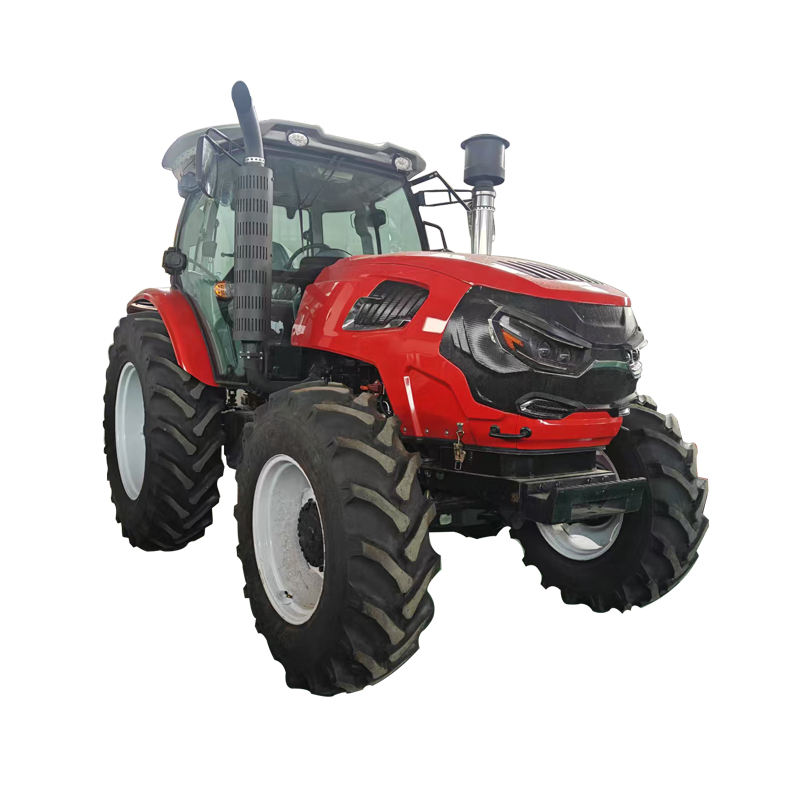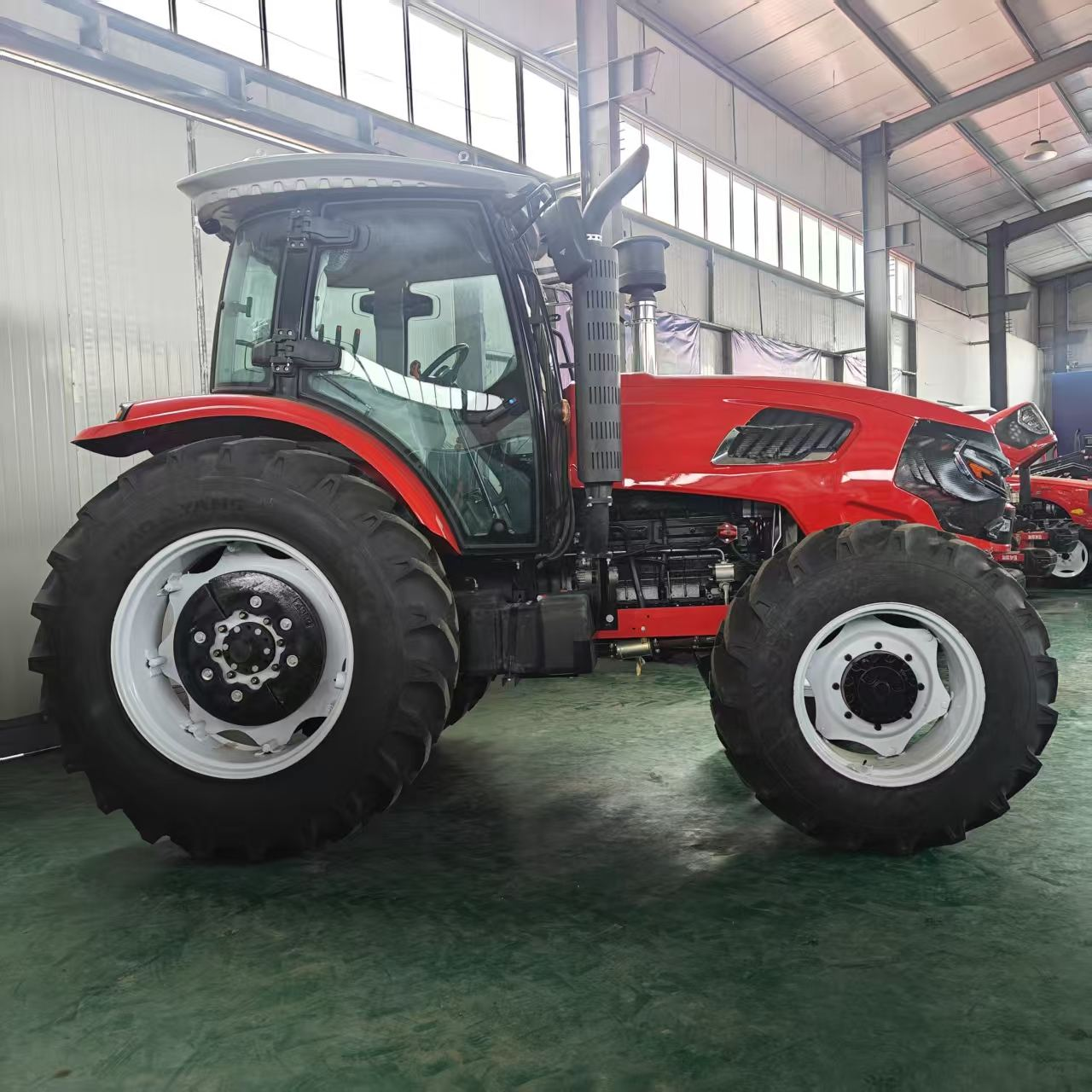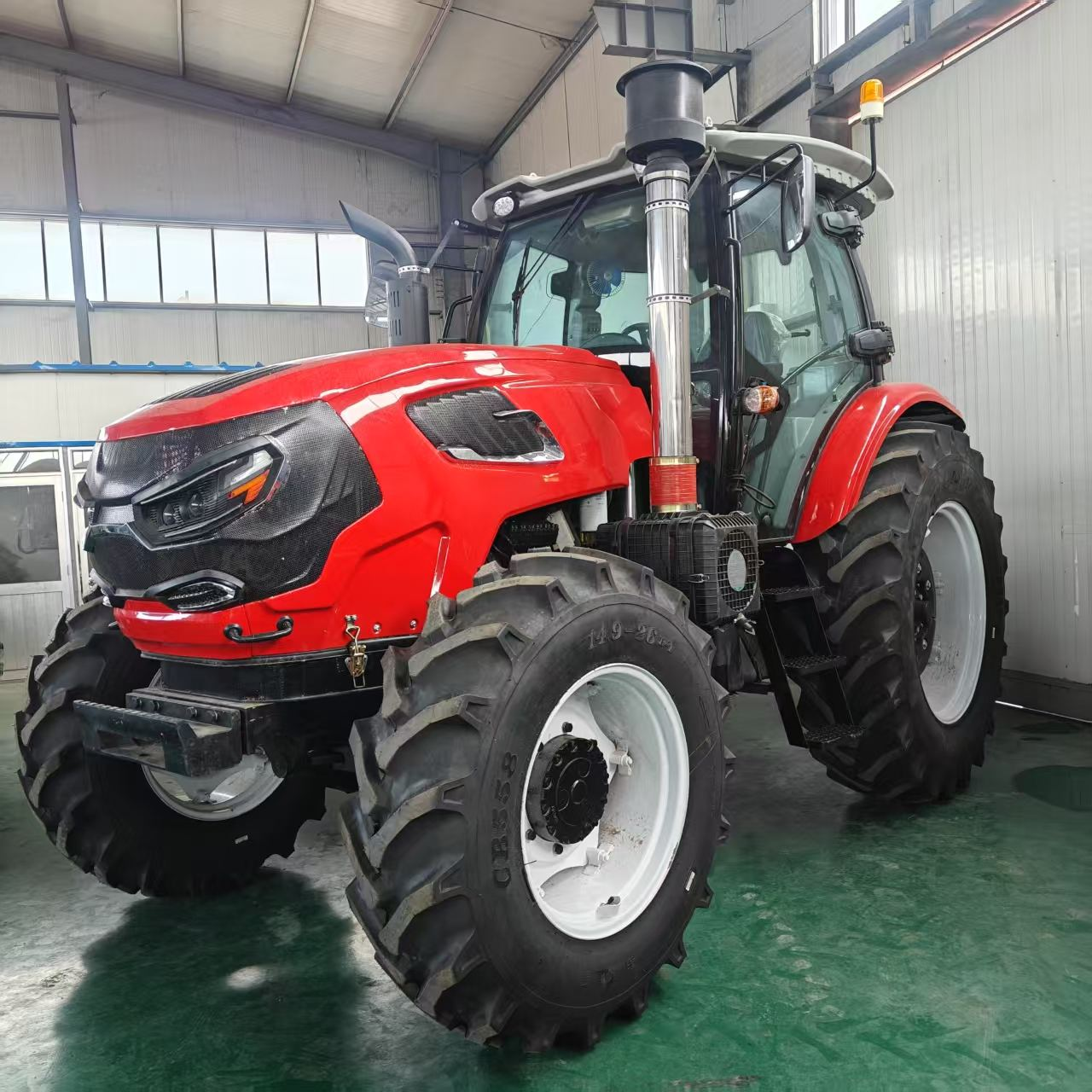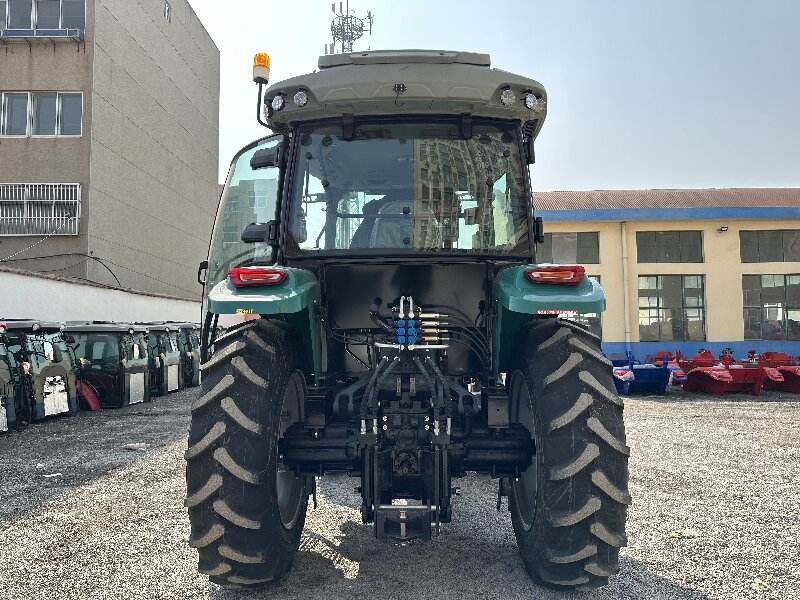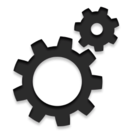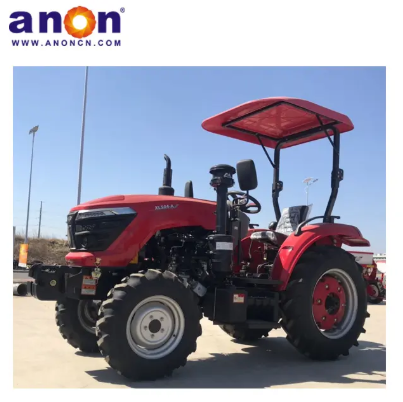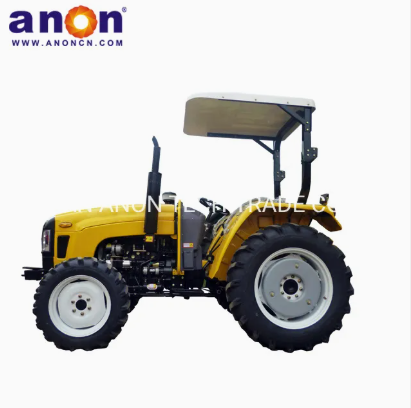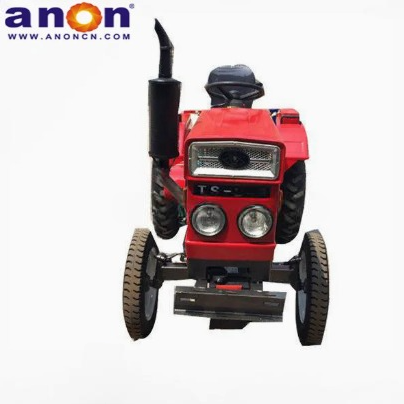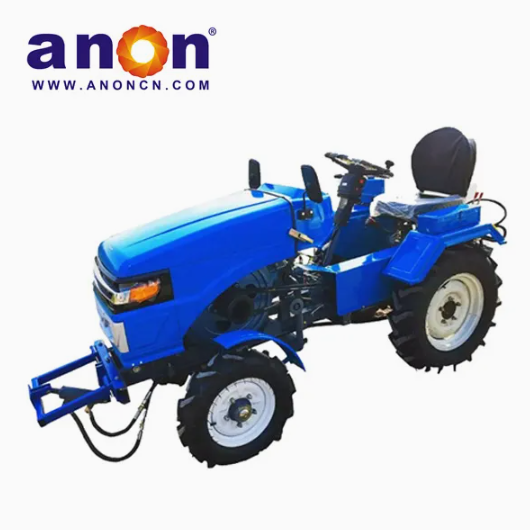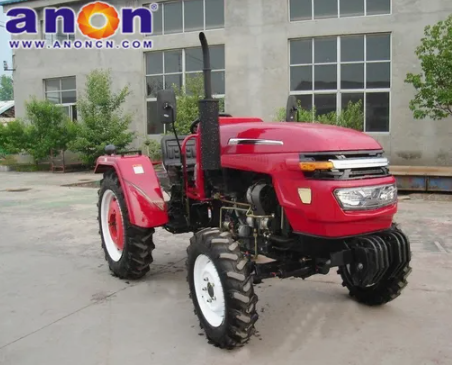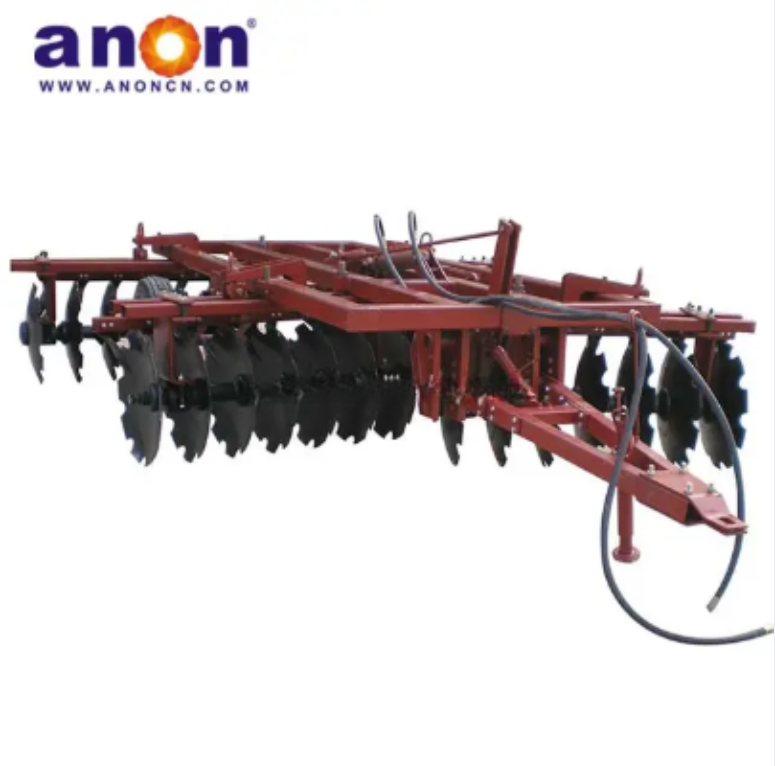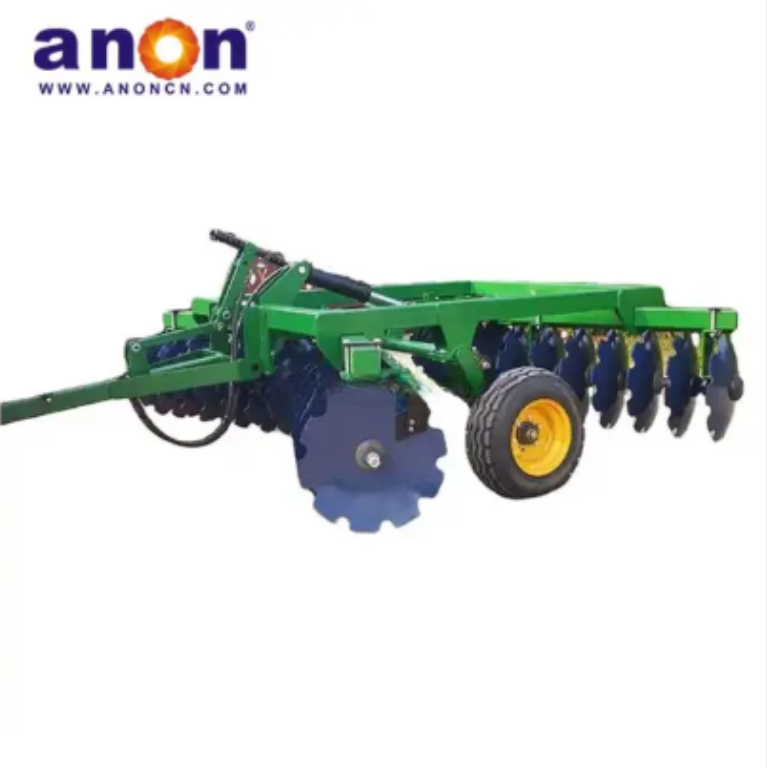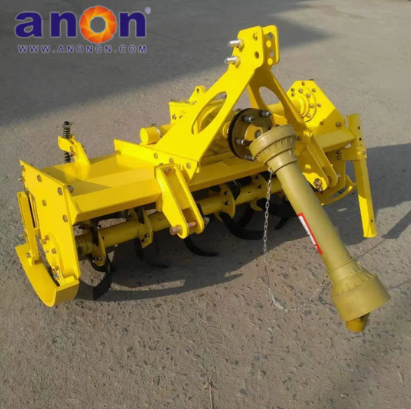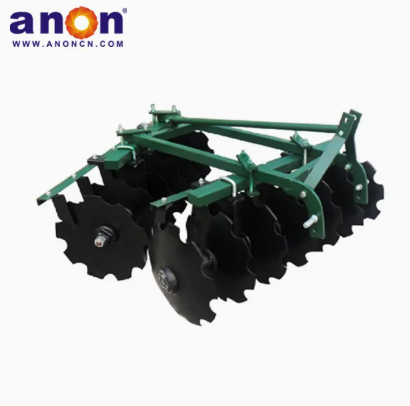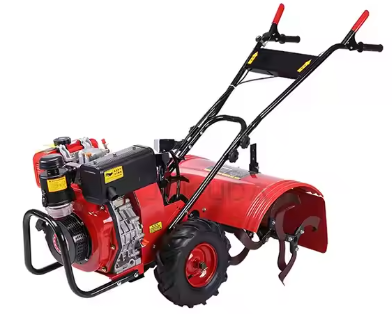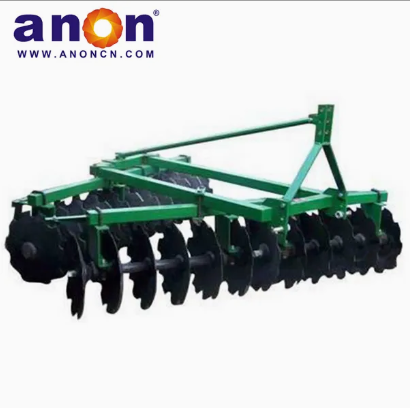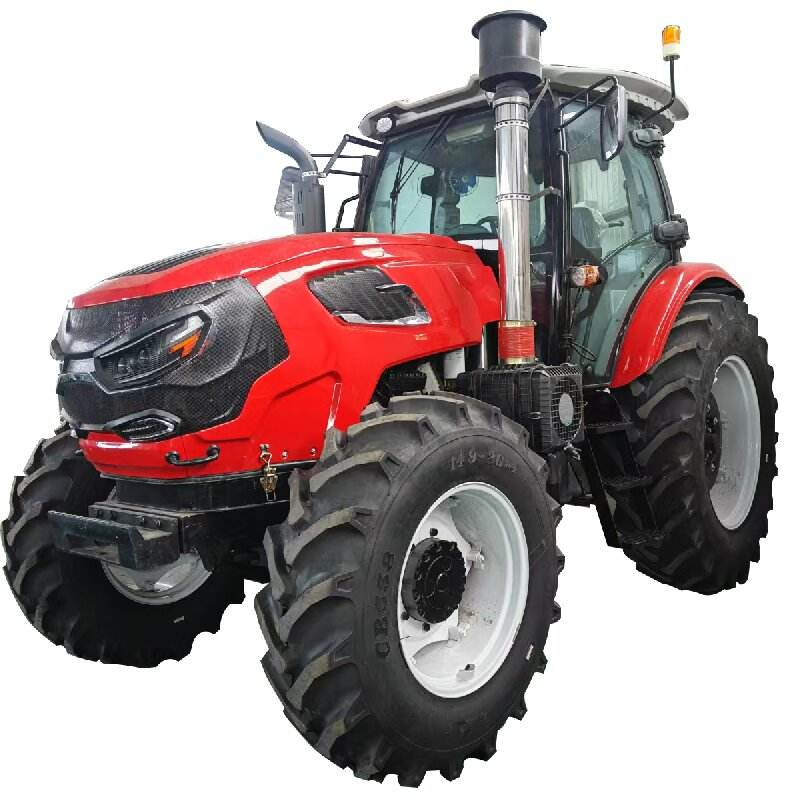
Wheel Tractor
1. It can carry a variety of agricultural machinery and is suitable for tillage, sowing, spraying, transportation, and other operations.
2. It has a small turning radius, suitable for large-scale operations, and can also cope with complex terrain such as hills and narrow plots.
3. Most of them are equipped with a cab, power steering, hydraulic system, etc., to improve the driving experience.
4. From small 20 horsepower to large 200+ horsepower, it can meet the needs of operations of different scales.
Our Products
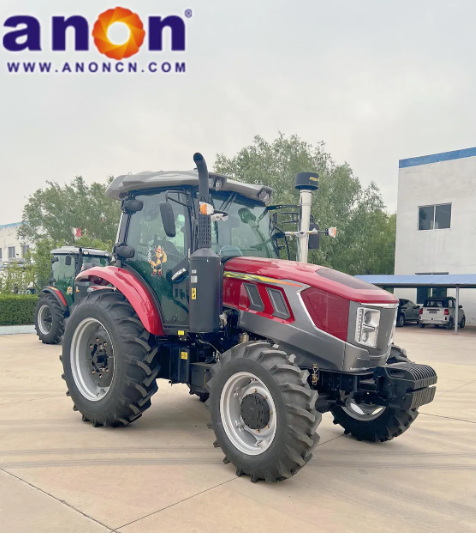
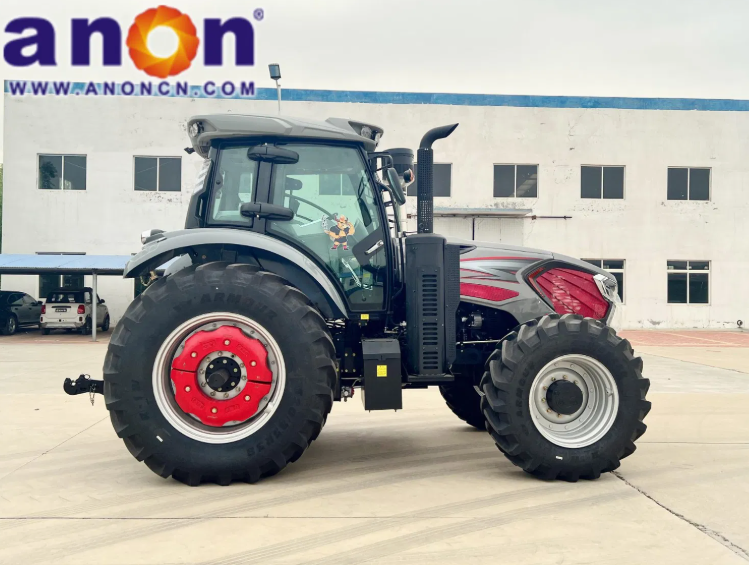
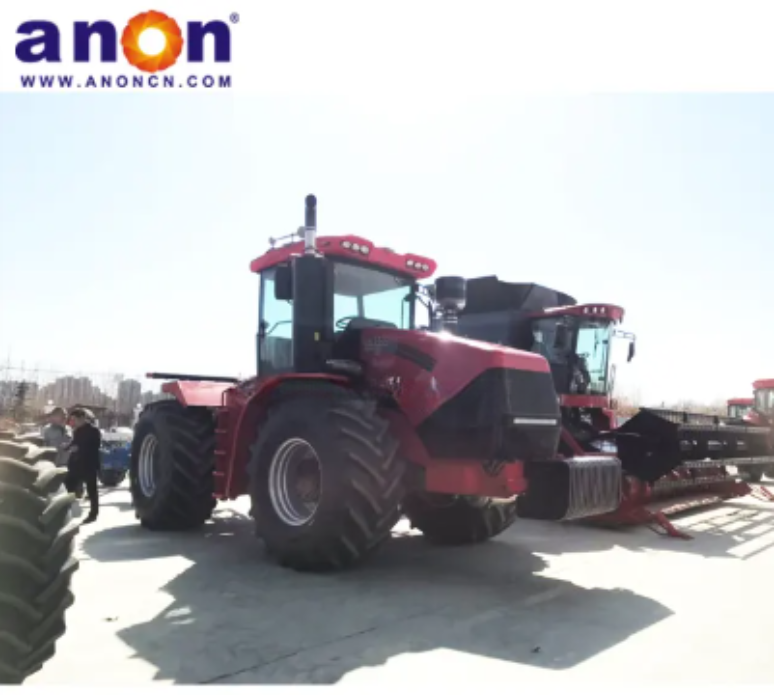
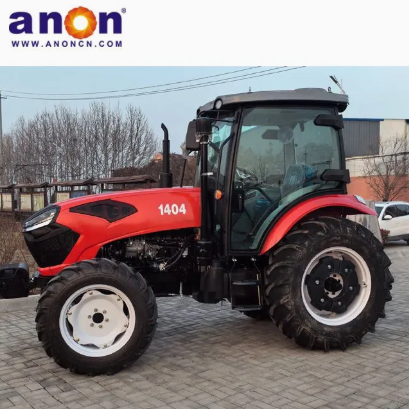
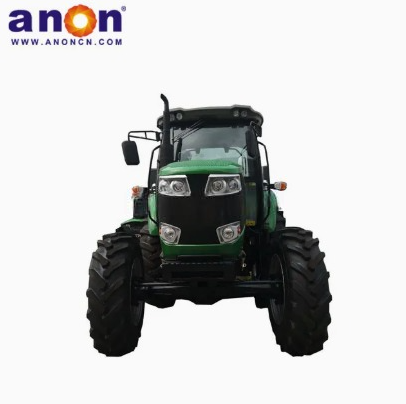
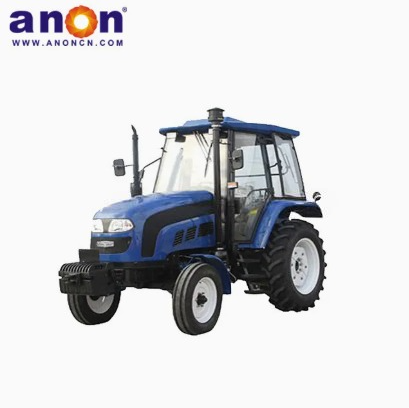
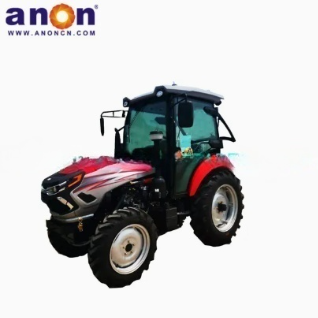
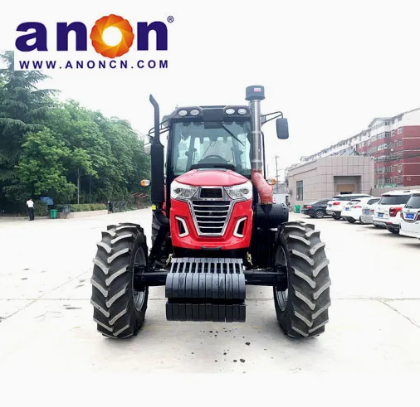
Walking behind Tractors
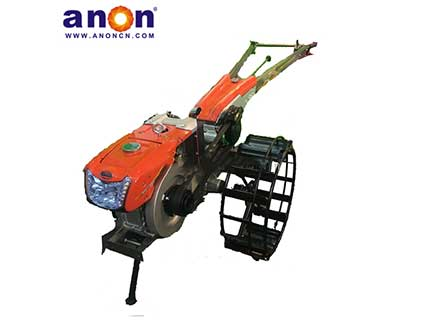
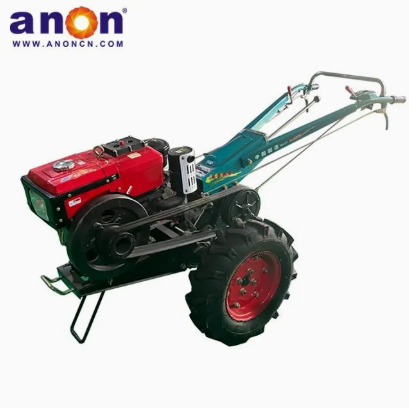
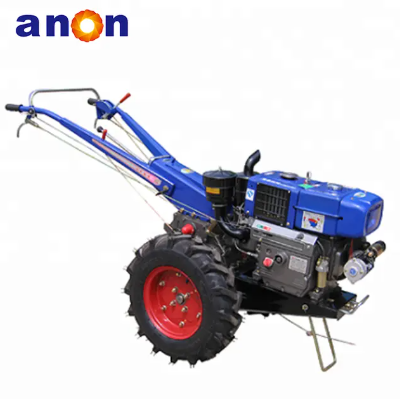
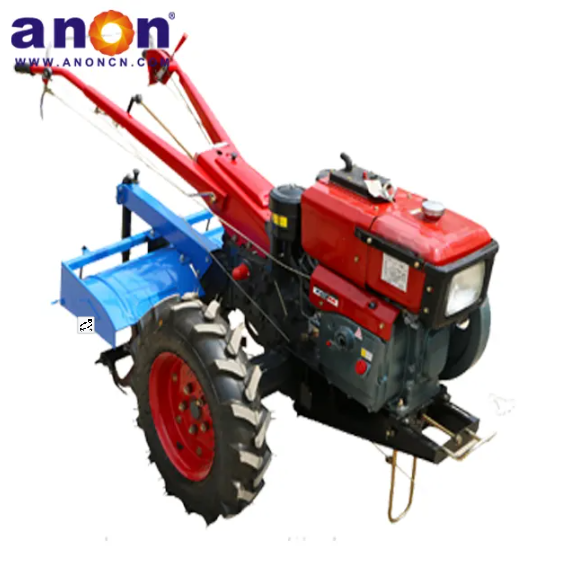
Applications and Usage Tips
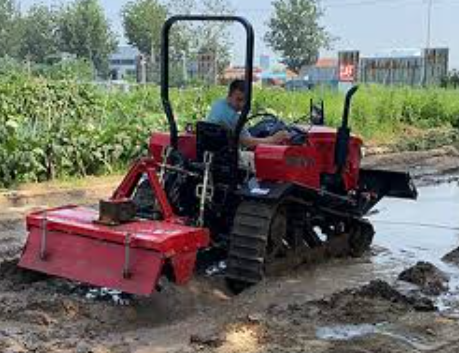
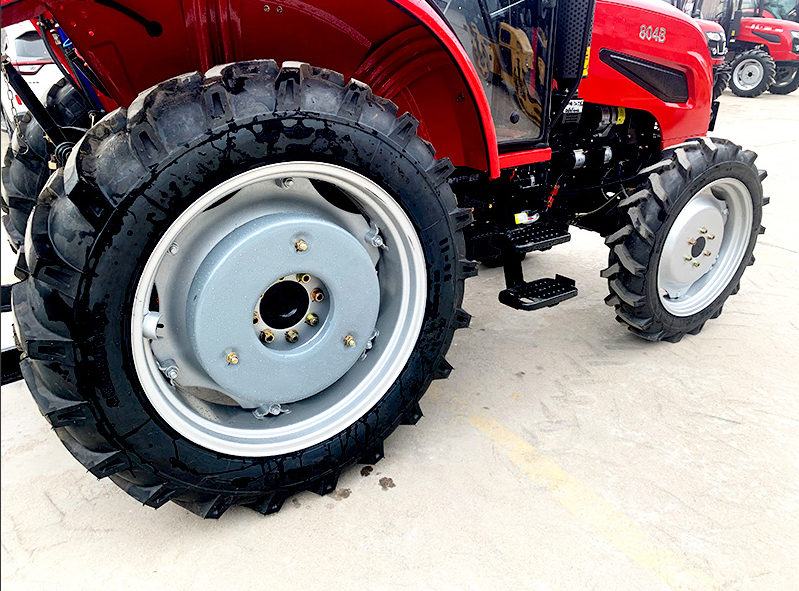
FAQ
It is forbidden to overload the towing implements to avoid the center of gravity shifting and causing a rollover.
It is strictly forbidden to coast in neutral when going downhill, and the engine brake must be used.
During operation, people are prohibited from approaching rotating implements (such as rotary tillers), and protective baffles must be installed.
Cultivation: A high-horsepower model (such as more than 100 horsepower) is required with professional plows to ensure deep plowing efficiency.
Sowing and fertilization: Focus on power output stability, medium-sized tractors (50-100 horsepower) with electronic control systems can achieve precise control.
Harvesting and transportation: Large tractors (more than 100 horsepower) are suitable for towing combine harvesters, and attention should be paid to driving speed and cargo compartment carrying capacity.
Orchard/greenhouse: Small tractors (20-50 horsepower) are flexible and suitable for narrow space operations.
Daily maintenance: clean the machine body, check fasteners, oil level, tire pressure, and add grease.
Regular maintenance: perform technical maintenance according to working hours, and use antifreeze in winter.
Long-term storage: park in a dry and ventilated place after cleaning, and start regularly to prevent rust.

